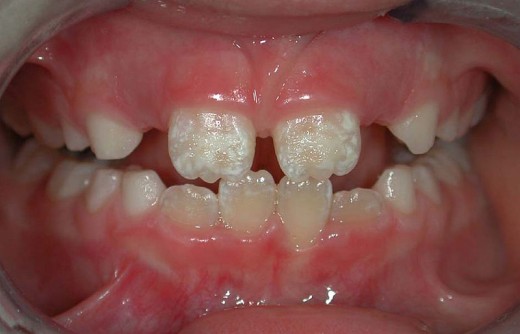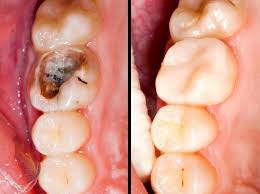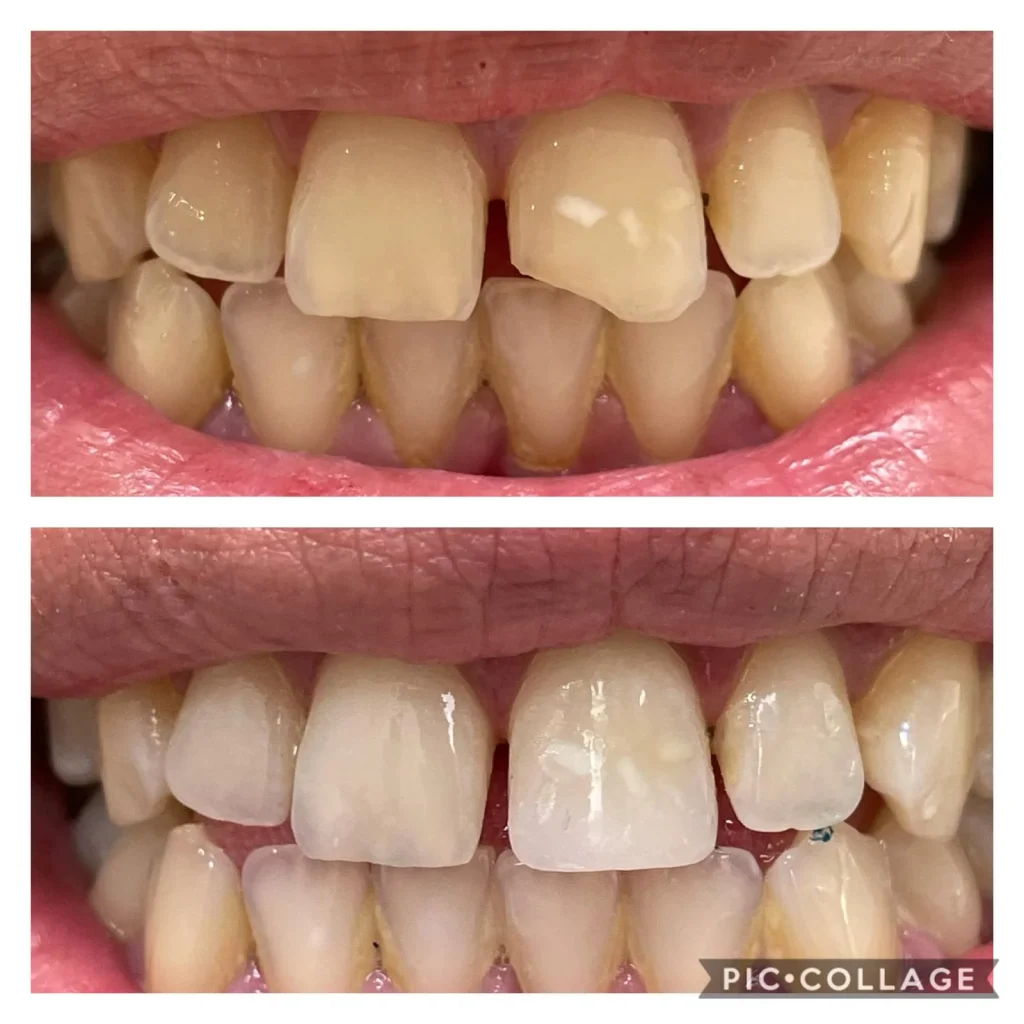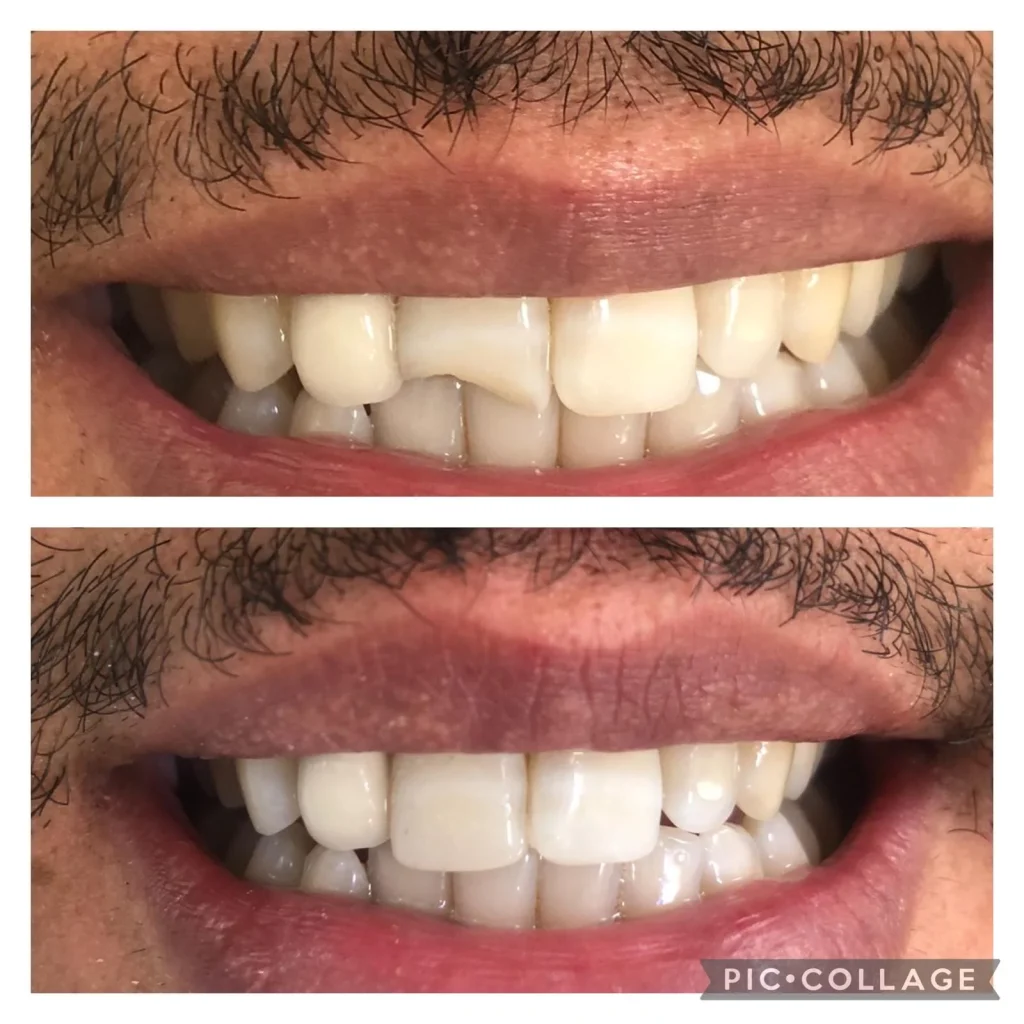Tooth sealant front teeth

Tooth Sealant for Front Teeth: Benefits, Application, and Care
Tooth sealants are commonly associated with the molars and premolars in the back of the mouth. However, they can also be applied to the front teeth for various reasons, particularly for individuals at high risk of dental caries or those with specific dental conditions. This comprehensive guide will explore the benefits, application process, and care tips for tooth sealants on front teeth.
What are Tooth Sealants?
Tooth sealants are thin, protective coatings applied to the chewing surfaces of teeth to prevent decay. Typically made from plastic or other dental materials, sealants create a barrier that protects enamel from plaque and acids. While commonly used on molars, they can be beneficial for front teeth under certain circumstances.
Composition of Tooth Sealants
Tooth sealants are made from materials such as:
- Resin-based composites
- Glass ionomers
- Polyacid-modified resins
Each type of sealant has unique properties, including differences in durability, fluoride release, and application methods.
Benefits of Tooth Sealants for Front Teeth
1. Decay Prevention
Front teeth, though less prone to cavities than molars, can still develop decay, particularly along the gum line or in individuals with high caries risk. Sealants protect these vulnerable areas.
2. Protection for Orthodontic Patients
Patients undergoing orthodontic treatment with braces are at increased risk of decay due to difficulties in maintaining oral hygiene. Applying sealants to front teeth can provide extra protection against cavities.
3. Preventive Measure for Children
Children with deep grooves or pits on their front teeth can benefit from sealants, which help prevent food and bacteria from getting trapped and causing decay.
4. Enhanced Fluoride Release
Some sealants release fluoride, providing additional protection against decay by strengthening the enamel and making it more resistant to acid attacks.
Application Process of Tooth Sealants on Front Teeth
The application of tooth sealants is a straightforward, non-invasive procedure that can be completed in a single dental visit. Here is a step-by-step overview of the process:
1. Cleaning the Tooth
The tooth is thoroughly cleaned to remove any plaque or debris. This step ensures that the sealant adheres properly to the enamel.
2. Preparation
The tooth is then dried, and an acidic etching solution is applied to its surface. This creates a rough texture that allows the sealant to bond effectively.
3. Application of the Sealant
The sealant material is painted onto the prepared tooth surface. It flows into the grooves and pits, forming a protective layer.
4. Curing
A special curing light is used to harden the sealant, making it durable and resistant to wear. This process usually takes a few seconds.
5. Final Check
The dentist will check the sealant to ensure it is properly hardened and that there are no gaps or bubbles. Any necessary adjustments are made at this stage.
Care and Maintenance of Tooth Sealants
1. Maintain Regular Oral Hygiene
Continue to brush and floss your teeth regularly to maintain oral hygiene. Sealants do not eliminate the need for good dental care practices.
2. Avoid Hard Foods and Chewing on Hard Objects
Avoid chewing on hard foods or objects, such as ice, pens, or fingernails, which can damage the sealants.
3. Regular Dental Check-ups
Visit your dentist regularly for check-ups. The dentist will monitor the condition of the sealants and reapply them if necessary.
4. Fluoride Treatments
Regular fluoride treatments can help maintain the strength of your teeth and the effectiveness of the sealants.
Frequently Asked Questions
1. How long do tooth sealants last on front teeth?
Tooth sealants can last several years with proper care, but they may need to be reapplied periodically. The longevity of sealants depends on factors such as oral hygiene, diet, and the material used.
2. Are tooth sealants visible on front teeth?
Tooth sealants are usually clear or tooth-colored, making them minimally noticeable on front teeth. Some may have a slight tint to help the dentist ensure even coverage during application.
3. Can adults benefit from tooth sealants on front teeth?
Yes, adults at high risk of decay or with specific dental conditions can benefit from sealants on front teeth. While commonly used in children, sealants can be an effective preventive measure for adults as well.
4. Do sealants replace the need for fluoride treatments?
No, sealants do not replace the need for fluoride treatments. They work in conjunction with fluoride to provide comprehensive protection against decay.
5. Are there any risks associated with tooth sealants?
Tooth sealants are generally safe and well-tolerated. However, some people may experience temporary sensitivity after application. It is important to follow your dentist’s instructions for care.
Conclusion
Tooth sealants for front teeth offer a valuable preventive measure for individuals at risk of dental caries, orthodontic patients, and children with deep grooves or pits. The application process is simple and non-invasive, providing a protective barrier that can last for years with proper care. By maintaining good oral hygiene, avoiding hard foods, and attending regular dental check-ups, you can maximize the benefits of tooth sealants and keep your front teeth healthy and decay-free. If you are considering tooth sealants for your front teeth, consult with your dentist to determine if they are the right option for you.
Related to read:
Best Oral Hygiene Practices For Optimum Oral Health.
How to Whiten Teeth Naturally?
How to keep your gums healthy and disease-free?
References
To ensure the information provided is accurate and up-to-date, the following sources were referenced:
- American Dental Association. (n.d.). Plaque and Tartar. Retrieved from ADA website
- Mayo Clinic. (n.d.). Dental Plaque. Retrieved from Mayo Clinic website
- National Institute of Dental and Craniofacial Research. (n.d.). Periodontal (Gum) Disease. Retrieved from NIDCR website









